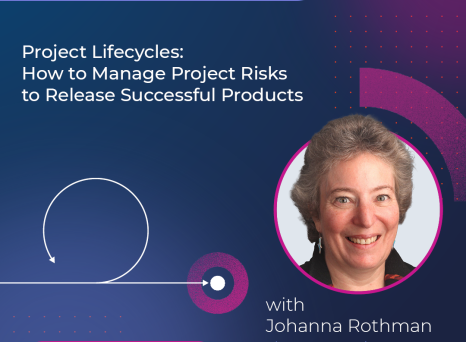What is portfolio rationalization?
Portfolio rationalization is a dynamic process by which you continuously adjust your project portfolio. You make these adjustments to reflect changing market and economic conditions or changes in your organization's strategic priorities.
First, you take stock, on one side, of the resources you've got (supply-side) and on the other of all active projects with their updated resource requirements (demand side). Then, once you've got a comprehensive understanding of your current situation, you can compare the two :
- what you've got vs. what you need, today but also in the medium- and long-term
- assess your limits (or constraints).
You will then kill all prominent, low-value projects and prioritize the remaining ones. This clean-up allows allocation of resources according to their ranking to reach the new resource constraints.
Ten practical tips for rationalizing your portfolio
1. Make portfolio rationalization decisions at the same level as your resource allocation decisions: most large corporations manage product portfolios at the business unit level. So that's where project managers should make their resource allocation decisions.
2. Use this opportunity to update your innovation strategy: the current circumstances have likely affected the markets where you are active, creating uncertainty in how you can win. Project Managers must quickly validate their most impactful market assumptions. They must first determine which market changes will be temporary and which remain after the recovery. Then they revise their innovation strategy.
Here are some questions you should be asking:
- How is work-from-home impacting our critical strategic programs?
- Have any new opportunity areas opened up? Are there new customers, new services, or new channels to pursue?
- Are there projects we should immediately accelerate, decelerate, or kill?
- Do we need to adjust the timing of our investment in feasibility or exploratory work?
3. Be decisive: Reduce project capacity more than you think you have to, so you don't have to reduce again next quarter. Your project teams will lose productivity and will be ineffective if they wait for another round of cuts.
Also, try to avoid putting projects ‘on hold.' Instead, either classify projects as approved and funded or cancel them. ‘On hold projects tend to siphon away the energy of well-meaning employees, keeping them on life support.
4. Clean out the zombie projects:
These can be:
- Pet projects (unapproved or approved)
- Projects that were killed or put on hold that don't seem to go away (aka, zombie projects)
- Dormant projects that seem to languish without visible progress
- Incremental improvement projects that start as a one-off field request but don't have a visible impact on the business
- Science projects without a home (i.e., not linked to the product line roadmap)
Now is the time to clean them out once and for all (though admittedly, you should do so even in standard times).
5. Update project schedules and ROI projections to reflect the new reality: For customer segments hardest hit by the pandemic (those products that rely on discretionary spending, in-person activity, or consumer travel), apply a weighted risk reduction to your revenue projections.
6. Rank projects using 3 or 4 tiers, rather than absolute ranking: The decision on whether a task falls into an ‘A,' ‘B,' or ‘C' tier is more effective than a long, drawn-out debate. These debates only determine if a project should be number 14 or 15 on a list of 100 projects.
The value is in the prioritization discussion. Accept that you are making decisions under uncertain conditions. There is no magic algorithm, The data helps guide the decision-makers, but it doesn't reveal the answer.
7. Let go of sunk project costs and move on: By definition, a sunk project cost cannot be recovered and is irrelevant to the portfolio rationalization decision. When a project fails, it is not the time to be emotionally bound just because you've invested in getting it this far. If it doesn't cut, capture critical learnings and reusable design elements and move on.
8. Preserve bottlenecked functions: Most companies have a chronic bottleneck function, role, or skillset that slows the entire project pipeline. Find the bottleneck in your company and be careful not to cut too deep there. It's typically a shared function that has one person spread across multiple projects. Here's a hint - it's not always Engineering or R&D. It's often Quality, Regulatory Affairs, or Manufacturing.
9. Don't cut new-growth projects too far: While focusing on the core business is the priority for surviving a crisis, it is vital to do so without exposing future plans to risk. Rather than canceling new-growth projects altogether, you can use metered funding to continue low-cost experiments on the highest impact, highest risk assumptions for your most promising opportunities.
10. Don't be afraid to over-communicate: Consider a weekly communication where you can explain changes to innovation strategy, project priorities, and resource re-allocations in addition to answering questions. Be transparent about the portfolio changes you are making and explain the ‘Why?'. Remind your employees that you are all in this together to get through the downturn. This reminder is essential while they are working from home. Most importantly, ask for their input. They will have good ideas that you might not have thought of without their input.
Moving forward
This crisis has already had a remarkable effect on the economy. Corporate leaders are experiencing volatility and uncertainty like never before. But, at some point, the pandemic will end, and business will start to pick back up. Acting now to rationalize and rebalance your innovation portfolio will help you survive the recession and leave you prepared to win when good times return.


